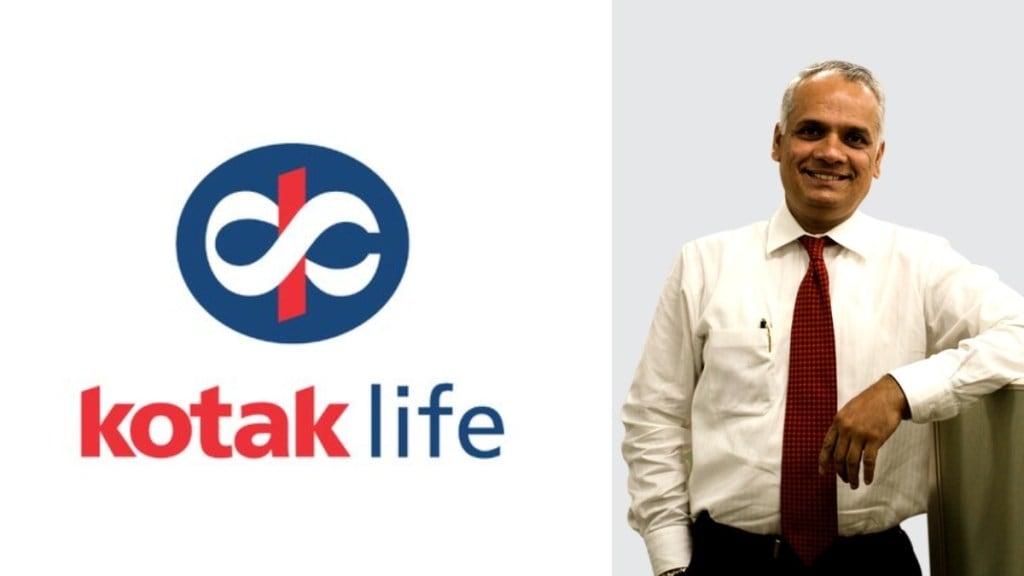Kotak Life Insurance, which marks 25 years, is banking on artificial intelligence (AI) and a phygital model to drive future growth. Managing director Mahesh Balasubramanian tells Narayanan V about the company’s growth plans, GST impact on industry, and the role of to-be-launched Bima Sugam. Excerpts:
What’s your view on the GST rate cut on life insurance?
It’s definitely beneficial to consumers. Term insurance, being pure protection, will gain the most as it is now 18% cheaper — and rightfully so, since India has lagged in protection. There are two ways of looking at it. One, term insurance is 18% cheaper so more customers will buy, and the other is that customers can get 18% more coverage. Our country has the problem of both uninsured and underinsured. On the retail side, we have as much as 75–80% protection gap. I think the GST rate cut will address both these problems. Traditional products will be 4.5% cheaper and renewals 2.25% cheaper. Nevertheless, it is very positive for consumers. That said, there is an ITC issue all insurers are facing. We are engaging with the department and the regulator on our concerns. I am sure it will settle over the next couple of months.
Kotak Life has completed 25 years. What are your future ambitions?
I think the ambition is to scale with relevance. Artificial intelligence (AI) is now much closer to execution. Earlier, we couldn’t really see practical use cases, but that is rapidly changing. We have just rolled out a few AI initiatives on the distribution side, and we are also using AI and machine learning (ML) in back-office areas like underwriting and claims settlement. Over the next 12–24 months, we will bring more such solutions into our business model. On the expansion side, we will end this year with close to 400 branches, and we would like to double that network in the next 3.5 years. We are also putting a lot more emphasis on the ‘phygital’ model.
How will the Bima Sugam launch impact the industry?
The Bima Trinity — Bima Sugam, Bima Vistar and Bima Vaahaks — will play an important role in addressing the three A’s: awareness, accessibility and affordability, as defined by the regulator. Once the Bima Sugam website goes live, it will be the “UPI moment” for us. The way UPI changed the payments landscape, Bima Sugam is intended to bring that kind of large-scale change in insurance. It is an entity owned by the insurance industry, with all insurers and some intermediaries being part of it. Over time, we will also have repositories, similar to Aadhaar, but for insurance. So it will be a very data-driven ecosystem, helping us deliver products and services to customers in a bespoke manner, at speed, and with more variety and choice. Bima Vistar and Bima Vaahaks are products that will bring significant financial and insurance inclusion in both rural and urban markets.
Will it disrupt the existing distribution model of insurers?
There is so much of the market still uninsured, so I don’t think it’s going to cannibalise or reduce our opportunities. A marketplace will only improve penetration. We are also stakeholders in Bima Sugam, so it’s complementary. I don’t see it as competing, because the sheer size of the Indian market is huge — even today our penetration is below 3%. And the market is growing with more consumption and more affordability. So I think the focus should be on growing the cake, rather than worrying about slicing the cake.
Will you look at health insurance when the composite regime is in place?
Health insurance is very much complementary to life insurance. The biggest advantage lies in distribution. The industry has an army of 2 million agents, and these agents are already selling many life insurance products that require medical underwriting. So, health and protection go hand in hand. The question is whether this complementary nature translates into a business model. We would be very happy to start with a distribution strategy because we don’t necessarily have to manufacture the products. That synergy will be the fastest to realise. Distribution synergies are extremely valuable, and that’s where the focus should be. We have Zurich Kotak who is our partner on the non-life side. I am certainly a great advocate of distribution synergy to start with, at least.

